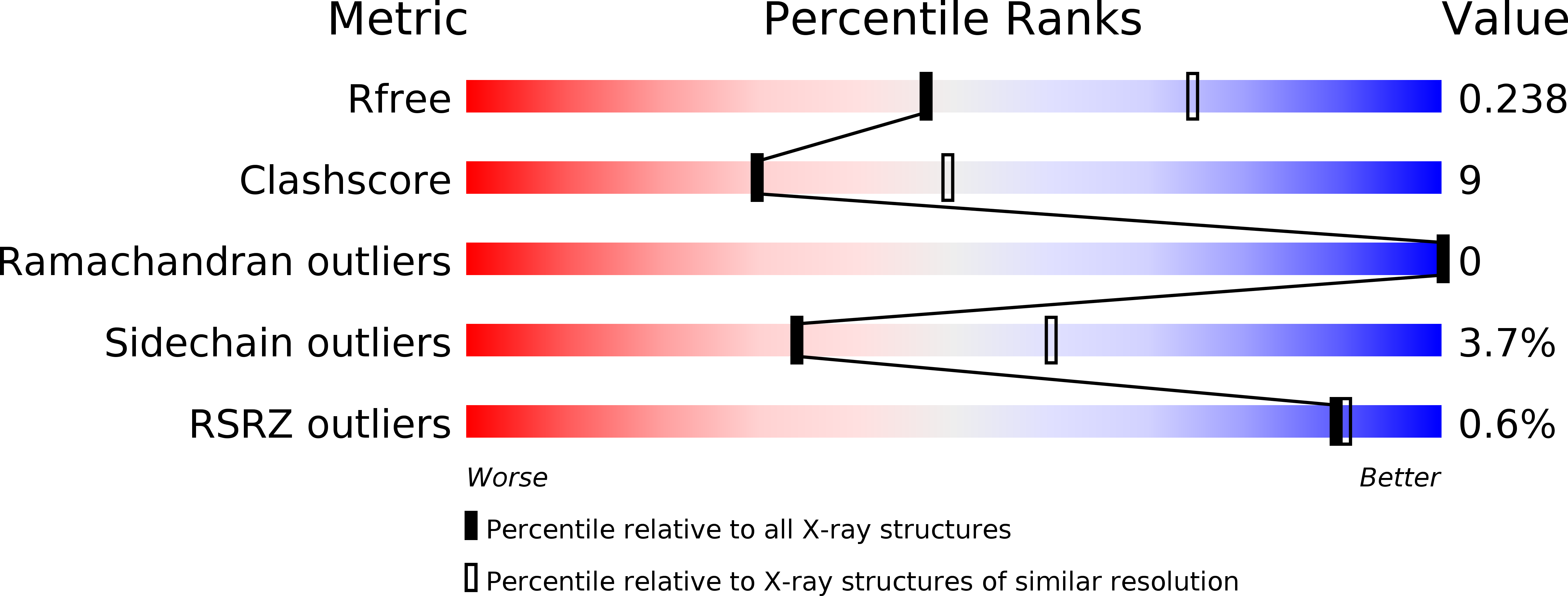
Deposition Date
2009-07-06
Release Date
2009-09-01
Last Version Date
2023-09-06
Entry Detail
PDB ID:
3I6B
Keywords:
Title:
Crystal structure of YrbI lacking the last 8 residues, in complex with Kdo and inorganic phosphate
Biological Source:
Source Organism:
Escherichia coli (Taxon ID: 37762)
Host Organism:
Method Details:
Experimental Method:
Resolution:
2.49 Å
R-Value Free:
0.23
R-Value Work:
0.20
R-Value Observed:
0.20
Space Group:
C 2 2 21


